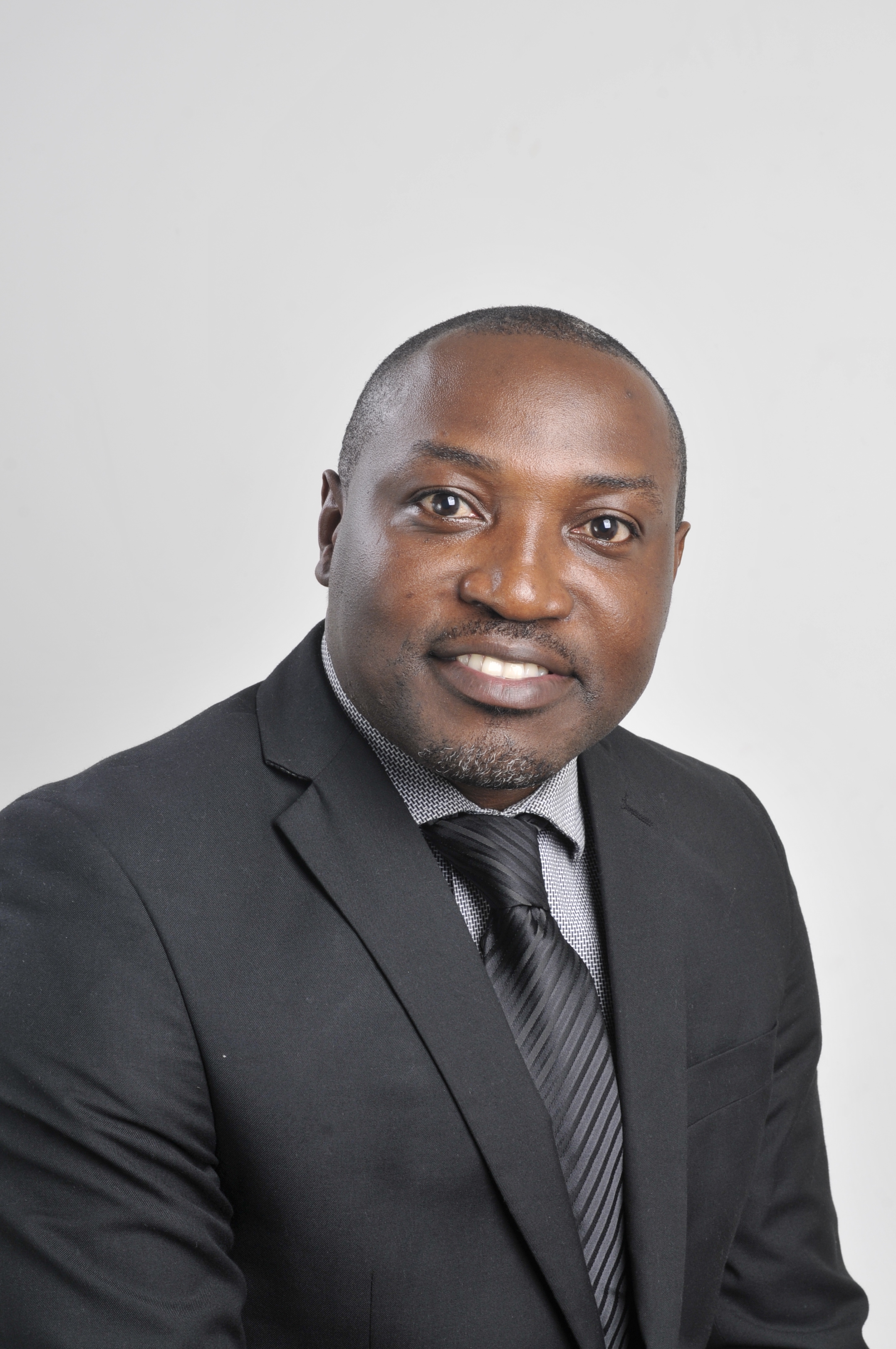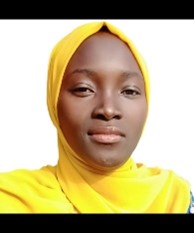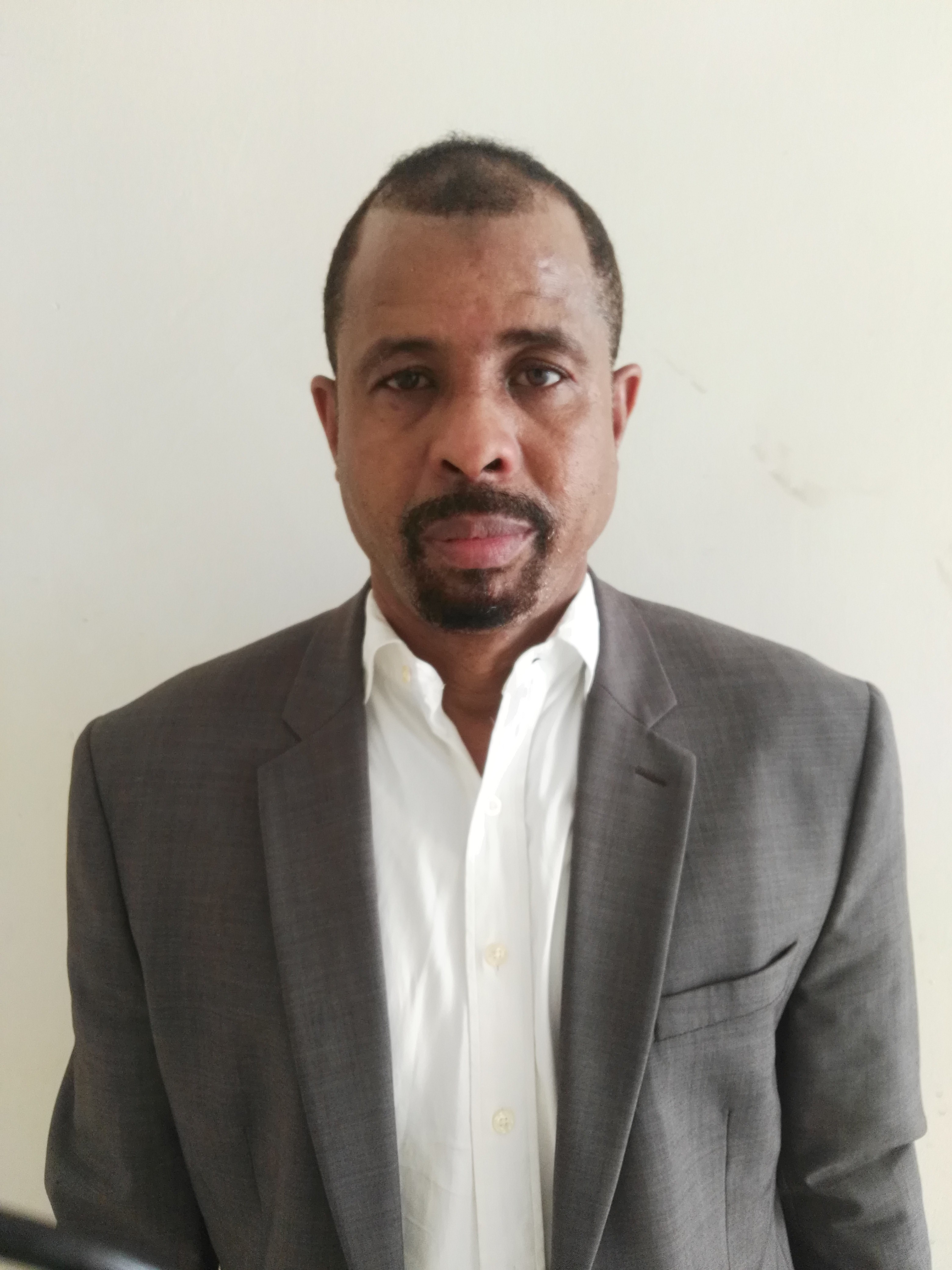

Dr
Alexander Kwarteng
Current Organisation
Kumasi Centre for Collaborative Research on Tropical Medicine, Kwame Nkrumah University of Science and Technology
Current Job Title
Senior Lecturer
Biography
Publications
Project Title
Impact of secondary bacterial infection in the development of filarial lymphedema among Ghanaian patients (SecBILE)
EDCTP Project
TMA2016CDF1561
EDCTP Program
EDCTP2
EDCTP Project Call
Career Development Fellowship (CDF)
Host Organisation
| Department | Institution | Country |
|---|---|---|
| Kumasi Centre for Collaborative Research in Tropical Medicine (KCCR) | GH |
Project Objectives
Aims and objectives This project seeks to: a) Determine bacterial and fungal populations involved in lymphedema pathogenesis by culture and biochemical testing b) Determine antibiotic resistance of isolated bacterial strains c) Investigate the progression of LF pathology, i.e. lymphedema by bacteria and fungi Study hypothesis We hypothesize that the development of lymphedema is not only mediated by filarial worms and their obstructive and inflammatory activities of the lymphatics but by secondary microbial infections We hypothesize that there are community-specific bacterial and fungi populations among affected LF individuals with lymphedema. We hypothesize that secondary bacterial and fungi infections elicit additional/superior immune response among LE individuals.
Study Design
Observational Study
Project Summary
Filarial infections affect >150 million people in the tropics (Kwarteng, Ahuno et al. 2016). One of major forms to be dealt with in this project is lymphedema caused by Wuchereria bancrofti in Africa. The chronicity and morbidity of lymphatic filariasis (LF) is associated with the longevity of the adultworm (>5 years) and the production of millions of microfilariae (MF), which populate the blood. Existing control programmes by the WHO rely on mass administration of mainly microfilariacidal drugs (MDA) that have the potential to reduce MF loads in infected humans and thus, transmission by the insect vector (Hoerauf 2008). However, several challenges may impede sustainable control and have therefore induced the call to search for alternative and effective approach (Taylor 2002) in understanding the pathogenesis of lymphedema (LE) as well offering possible option of providing support for individuals with this stage of the LF (Hoerauf 2003). In LF, there are additional problems regarding morbidity, which is imposed not by MF, but by adult worms that induce an alteration of the lymphatic vessels where they reside, causing both vessel obstruction and dilatation. This results in lymphatic pathology, where two of the manifestations being hydrocele and lymphedema (Pfarr, Debrah et al. 2009). Furthermore, exogenous bacterial that enter through skin lesions are believed to aggravate lymphedema though secondary infections (Dreyer, Addiss et al. 2006). Therefore, proving the hypothesis of exogenous bacterial being major mediators of lymphedema could lead to complementary chemotherapy approaches against this condition. This is very important because the problem of current WHO control programmes is that although transmission can be targeted with the existing microfilariacidal drugs, morbidity (LE and hydrocele) from which >40 million people suffer, cannot be sufficiently approached by anti-filarial chemotherapy. This is particularly true for Africa, which bears one third of the LF cases, and for which current chemotherapy being used for MDA (Diethylcabamazine, ivermectin and albendazole) shows no or partial macrofilaricidal effect therefore not able to target the adult worms which cause LF pathology (Goebel, Ulmer et al. 2008). Whiles some studies have been conducted in South America by Dreyer’s group, the bacterial which are believed to contribute to lymphedema progression in Ghana remains to be studied (Shenoy, Sandhya et al. 1995).

